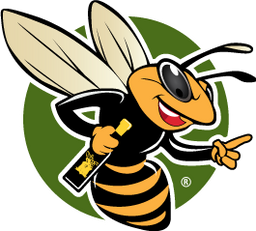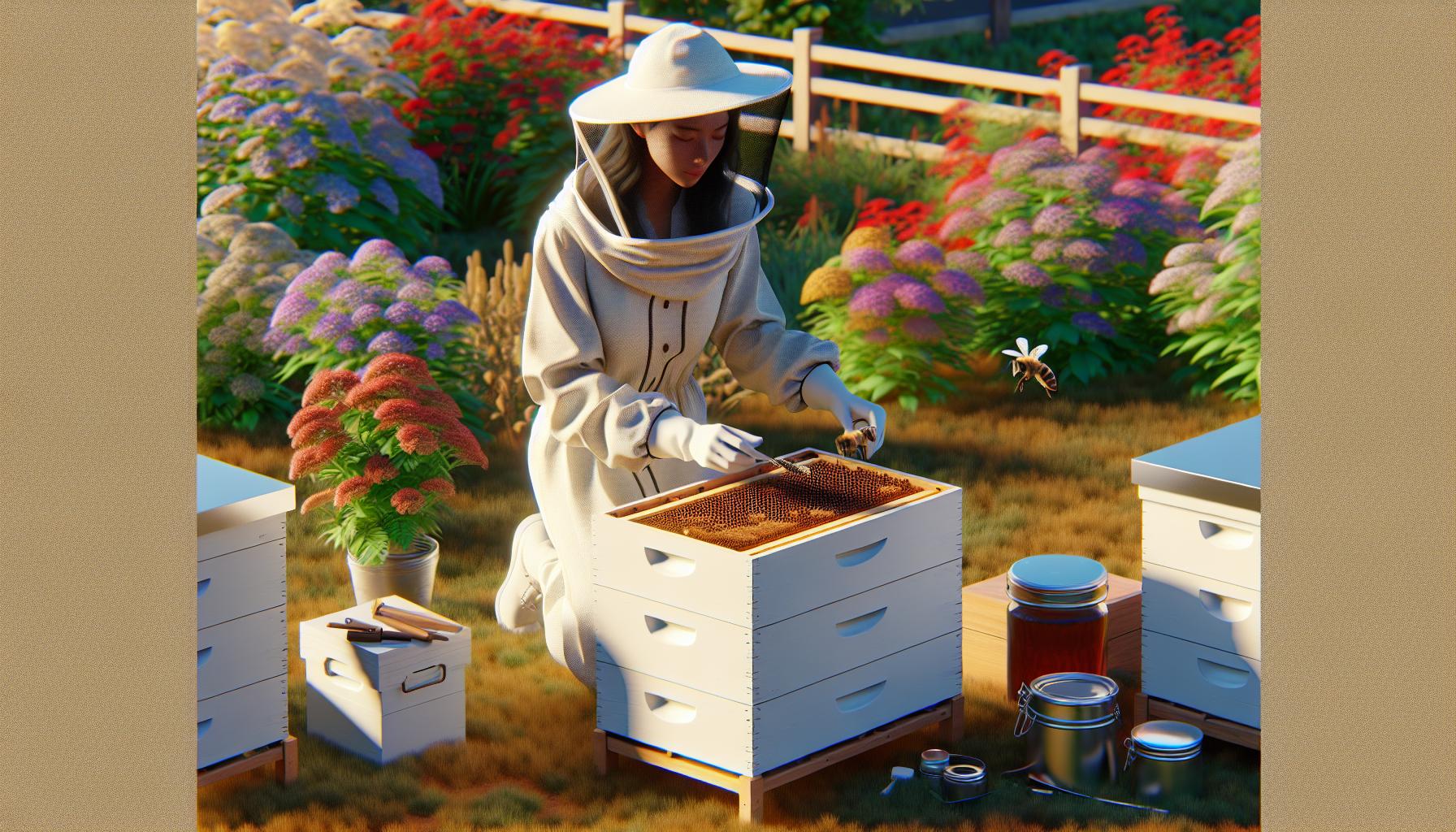Beekeeping is a rewarding and fascinating practice that requires a blend of knowledge, skill, and the right tools. Whether you're a beginner exploring the world of bees or a seasoned beekeeper looking to upgrade your equipment, having high-quality supplies is essential for the health of your colony and the efficiency of your operation.
This guide will walk you through the must-have beekeeping equipment, from hives to protective gear, honey extraction tools, and maintenance supplies. By understanding the function of each piece of equipment, you can ensure a successful and enjoyable beekeeping journey.
Essential Beekeeping Equipment
1. Beehives
The hive is the heart of any beekeeping operation, providing a home for the bees and a structured environment for honey production. There are several types of beehives to choose from:
-
Langstroth Hive: The most popular hive type, consisting of stacked rectangular boxes (supers) containing removable frames. It allows easy honey extraction and hive expansion.
-
Top-Bar Hive: A horizontal hive with bars across the top where bees build their comb naturally. It is simple to manage and requires less lifting.
-
Warre Hive: Similar to a Langstroth but with smaller boxes and top bars instead of frames, allowing bees to build natural comb.
-
Flow Hive: A modern hive design with frames that allow honey to flow directly into collection jars without disturbing the bees.
2. Protective Gear
Beekeeping involves handling bees, and while they are generally not aggressive, stings are inevitable. Proper protective gear ensures your safety and comfort.
-
Bee Suit: A full-body suit made of lightweight, breathable material to protect against stings.
-
Gloves: Leather or nitrile gloves protect hands while allowing flexibility and control.
-
Veil: A mesh veil shields the face and neck from bee stings while providing clear visibility.
-
Boots: High-quality boots with tight closures prevent bees from entering.
3. Hive Maintenance Tools
Managing a hive requires specialized tools to inspect, clean, and maintain the colony efficiently.
-
Hive Tool: A metal tool used to pry apart frames and scrape off excess wax or propolis.
-
Smoker: A device that produces cool smoke to calm bees during inspections.
-
Bee Brush: A soft-bristled brush to gently move bees off frames without harming them.
-
Frame Grip: Helps lift frames easily for inspection.
4. Honey Extraction Equipment
Once your bees have filled the frames with honey, proper extraction tools make the harvesting process smooth and efficient.
-
Honey Extractor: A centrifugal machine (manual or electric) that spins frames to extract honey without damaging the comb.
-
Uncapping Knife or Fork: Used to remove wax cappings from honeycomb before extraction.
-
Strainer and Filters: Fine mesh filters remove wax particles and debris from honey.
-
Storage Containers: Food-grade buckets and jars for storing honey safely.
5. Feeding Equipment
During certain seasons, bees may require supplemental feeding to survive.
-
Entrance Feeder: A simple feeder placed at the hive entrance.
-
Frame Feeder: Placed inside the hive to provide sugar syrup.
-
Pollen Substitute: Powdered or patty-style supplements help sustain bees when natural pollen is scarce.
6. Pest and Disease Management Tools
Protecting your bees from pests and diseases is crucial for colony survival.
-
Varroa Mite Treatment: Treatments like oxalic acid, formic acid, or essential oils help control mite infestations.
-
Hive Beetle Traps: Devices placed inside the hive to catch beetles.
-
Mouse Guards: Metal barriers placed at hive entrances to prevent rodent intrusion.
-
Propolis Traps: Collect propolis for medicinal and commercial use.
Choosing the Right Beekeeping Equipment
When selecting beekeeping supplies, consider the following factors:
-
Experience Level: Beginners may start with a basic setup, while experienced beekeepers might invest in advanced tools.
-
Climate: Hive insulation and ventilation should be suitable for your local weather conditions.
-
Bee Species: Different bee species may require specific hive types and management techniques.
-
Budget: Investing in high-quality, durable equipment saves money in the long run.
-
Local Regulations: Some areas have specific rules on hive placement and beekeeping practices.
Maintaining Beekeeping Equipment
Regular maintenance extends the life of beekeeping tools and ensures a healthy environment for your bees.
1. Cleaning and Storage
-
Wash hive tools and smokers with warm, soapy water after use.
-
Store wooden hive components in a dry place to prevent rot.
-
Freeze frames to kill pests before reusing them.
2. Seasonal Equipment Check
-
Inspect hives for cracks or damage before winter.
-
Replace old or broken frames annually.
-
Ensure all protective gear is in good condition before the active season.
Where to Buy Beekeeping Supplies
Reliable suppliers provide high-quality equipment tailored to different beekeeping needs. Here are some trusted sources:
-
Mann Lake Ltd. - Offers a wide range of beekeeping supplies, from hives to extractors.
-
Dadant & Sons - One of the oldest beekeeping suppliers with comprehensive product selections.
-
Brushy Mountain Bee Farm - Known for excellent customer service and educational resources.
-
Local Beekeeping Associations - Many clubs offer bulk purchasing discounts and mentorship.
Conclusion
Having the right beekeeping equipment is essential for a productive and enjoyable experience. From selecting the best hive to ensuring proper maintenance of tools, well-equipped beekeepers can better care for their colonies and enjoy the rewards of honey production. By choosing high-quality supplies and following best practices, both new and experienced beekeepers can create a thriving apiary for years to come.
Frequently Asked Questions (FAQs)
1. What are the essential supplies needed for beginner beekeepers?
Beginner beekeepers should start with a hive, protective gear (bee suit, gloves, veil), a smoker, a hive tool, and a bee brush. A starter kit from a reputable supplier often includes these essentials.
2. How do I choose the best type of beehive?
Langstroth hives are the most popular due to their ease of use and expandability. Top-bar hives are great for those seeking natural comb production, while Flow Hives are ideal for easy honey harvesting.
3. How often should I inspect my beehive?
Regular hive inspections should be done every 7-10 days during peak seasons to check for pests, queen health, and honey production. During winter, minimal disturbance is recommended.
4. What is the best way to protect bees from pests like Varroa mites?
Varroa mites can be controlled using organic treatments like oxalic acid vaporization, screened bottom boards, and brood break methods. Regular monitoring is key to early intervention.
5. How can I store honey properly after extraction?
Store honey in airtight glass or food-grade plastic containers in a cool, dark place. Properly stored honey can last indefinitely without spoiling.



